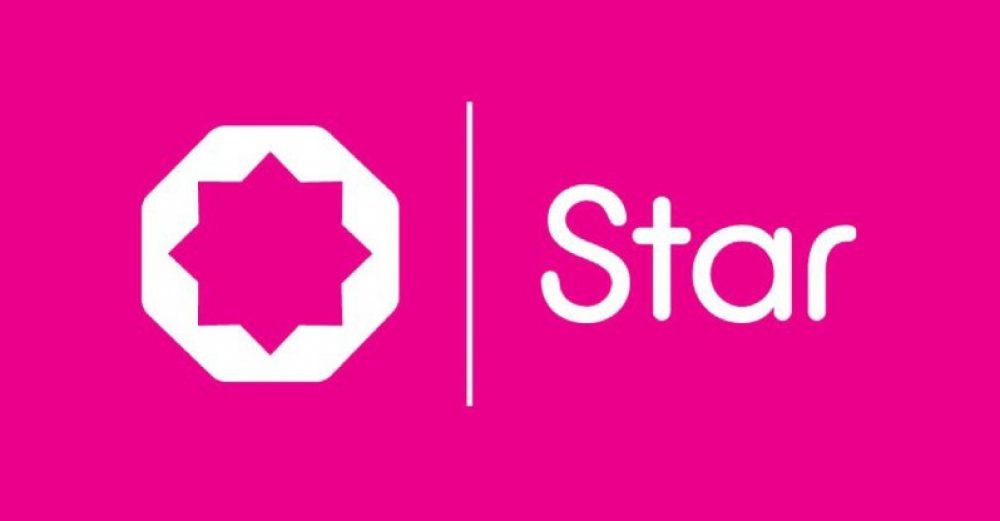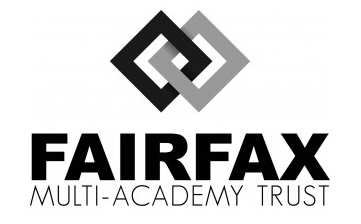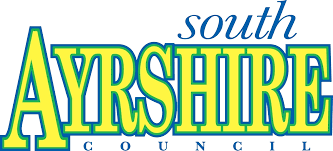
Using Recovery Pupil Premium Funding Effectively To Improve Reading
As per this recent DfE update, the government has released dates and guidance to support schools in using their recovery premium funding effectively.
What You Need to Know: Pupil eligibility and indicative funding rates for academic year 2022 to 2023
Funding Rates
Mainstream education:
- £145 per eligible pupil in primary schools;
- £276 per eligible pupil in secondary schools.
Other eligible schools, and special education units in mainstream schools:
- £290 per pupil in primary education;
- £552 per pupil in secondary education.
The 'Floor' Minimum Payment
- An eligible primary school will not receive less than £2,000;
- An eligible secondary, or all-through school, will not receive less than £6,000.
Payment Schedule for the Academic Year 2022 - 2023
Payments will be sent to local authorities on:
- 30 September 2022
- 30 December 2022
- 31 March 2023
- 30 June 2023
Payments will be sent to academies (and free schools) on:
- 10 October 2022
- 10 January 2023
- 12 April 2023
- 10 July 2023
How to Use Recovery Premium Funding
Government guidance suggests that schools must spend the premium on evidence-based approaches to support pupils. The 'gold-standard' of evidence is considered the randomised controlled trial (RCT).
The DfE funded a RCT examining the efficacy of ReadingWise. This study found that the programme increased reading ages by an average of 9.9 months in 12 hours of intervention - almost twice as fast as the control group. These results were verified by Dr Becky Allen, a highly respected academic.
Aligning with the 'Menu of approaches'
Guidance states that "As with pupil premium, any activities funded by recovery premium must align with the ‘menu of approaches’ from the start of the 2022 to 2023 academic year."
The menu of approaches (image below) is on page 7 of this government-issued 'Using pupil premium: guidance for school leaders' document. ReadingWise aligns with the highlighted areas on the menu as per below.










